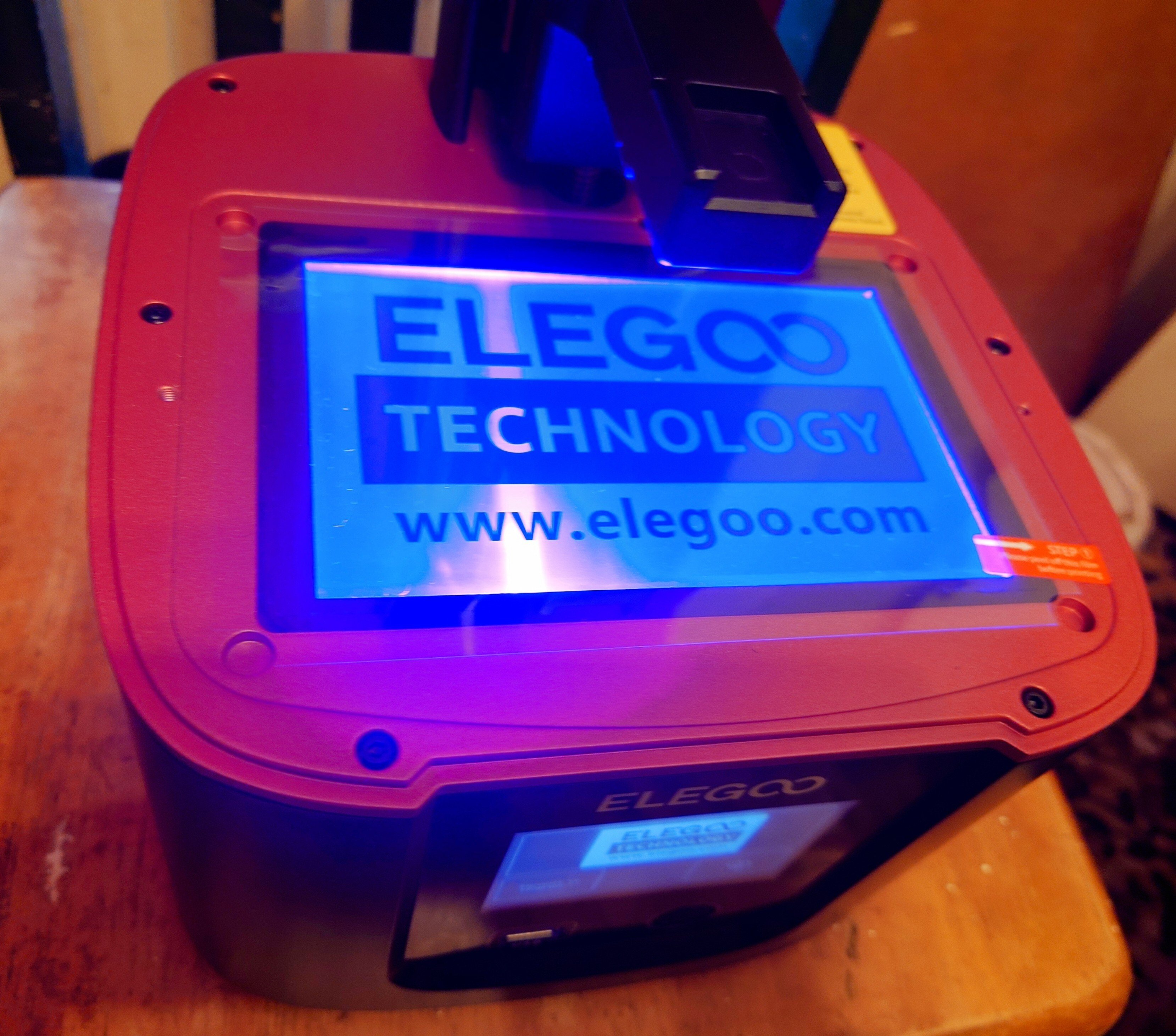Get silicone mats for your work surface. There’s always dripping and it’s hard to clean up, so you just cure it on the mat and bend it off later.
Hollowing is like infill in fdm, it saves you resin. (But not time, since resin cares about the number of layers, not the amount of resin used. )
But once you hollow, you will trap liquid resin inside the part, so having a hole that your wash fluid can get in and clean the inside of the part is a good idea.
Since print time is based on the number of layers, it takes the same time to print one mini as it does to print a plate filled with minis (of the same height)
Some kind of eye protection is a good idea. Splashes of resin and clipping supports can flick resin and such into your eyeholes.
